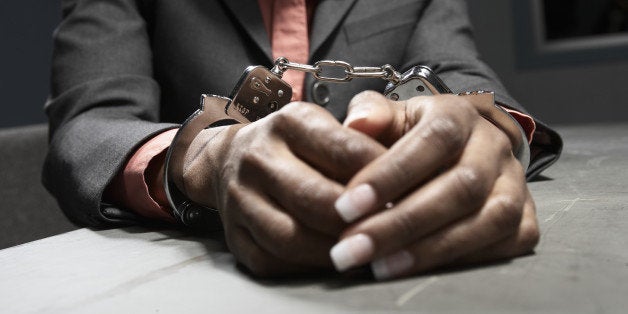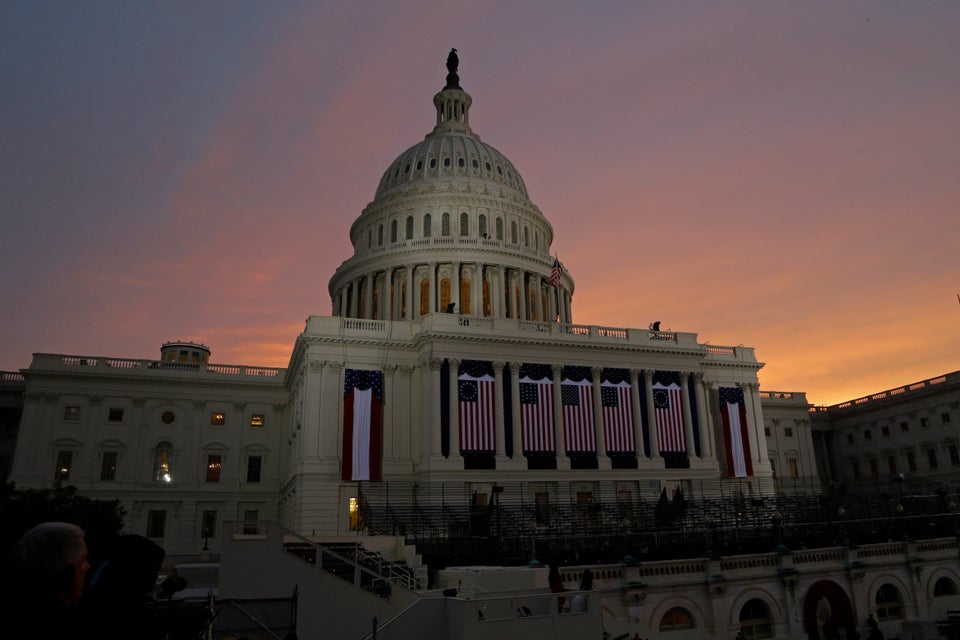
A new report may shed light on why blacks and Latinos are often punished more severely than whites for the same crimes.
The study, released on Tuesday by the Vera Institute for Justice, shows that prosecutors in the office of Manhattan’s district attorney have cracked down harder on blacks and Latinos in some respects than on whites, raising the question of whether their decision-making process is tainted by racial prejudice.
Plenty of ink has been spilled on the fraught relationships between minorities and police departments around the country. But Vera’s researchers say that no other study of racial bias has looked as closely or comprehensively at the inner workings of a prosecutor’s office. Cyrus R. Vance Jr., Manhattan’s district attorney, provided the independent research group with access to the records of more than 200,000 cases from 2010 and 2011. Although the findings don’t show Vance's office in a particularly flattering light, the authors went out of their way to commend the DA for cooperating.
“The most interesting thing about this study is the fact that it was done,” said Nicholas Turner, director of the Vera Institute. “There have been great concerns about racial disparity in the criminal justice system, but the role of the prosecution has very much remained a black box. So the fact that Cy Vance was able to say that this is an issue that is important to him to understand, and to look under the hood and bring us in to do it, I think is very much the most important and signal contribution of this report.”
The researchers identified factors other than race that seemed to influence how Manhattan prosecutors treated defendants, including whether a defendant had a public or private attorney, and whether he or she had been arrested before. Still, race played a role. For example, blacks and Latinos who had the opportunity to plead guilty in exchange for a reduced sentence were more likely than whites to receive plea bargains that would have required them to spend some time behind bars, according to the report.
This discrepancy was especially pronounced when it came to drugs. An analysis of all the misdemeanor drug offenses examined by the study found that black defendants were 27 percent more likely than whites to receive jail or prison time as part of a plea deal. For Latinos, the gap was 18 percent.
The report also showed that blacks were 10 percent and Latinos 3 percent more likely than whites to be held behind bars before trials. (The study controlled for factors besides race, including the defendant’s prior record and the seriousness of the charge.)
The prosecutors did seem to treat blacks and Latinos more leniently than whites in one respect, though there may be more to this than meets the eye. Black and Latino defendants were more likely than whites to have their cases dismissed before they went to trial, but this may be because the police were more likely to bring them in on bogus or unsubstantiated charges. In general, Asians received less punitive treatment than whites at most stages of the process.
The report makes no attempt to explain the disparities it uncovered, and offers no recommendations to the prosecutor’s office.
“Vance has shown leadership on looking at this issues, and I have confidence that he is going to show leadership on looking at what the right corrective measures are,” said Turner.
A spokeswoman for the DA’s office said Vance was unavailable for comment on Tuesday afternoon. In a press release, Vance said his office was proud of the undertaking and “committed to implementing preventative strategies to reduce any unintended racial and ethnic disparities that exist.”
